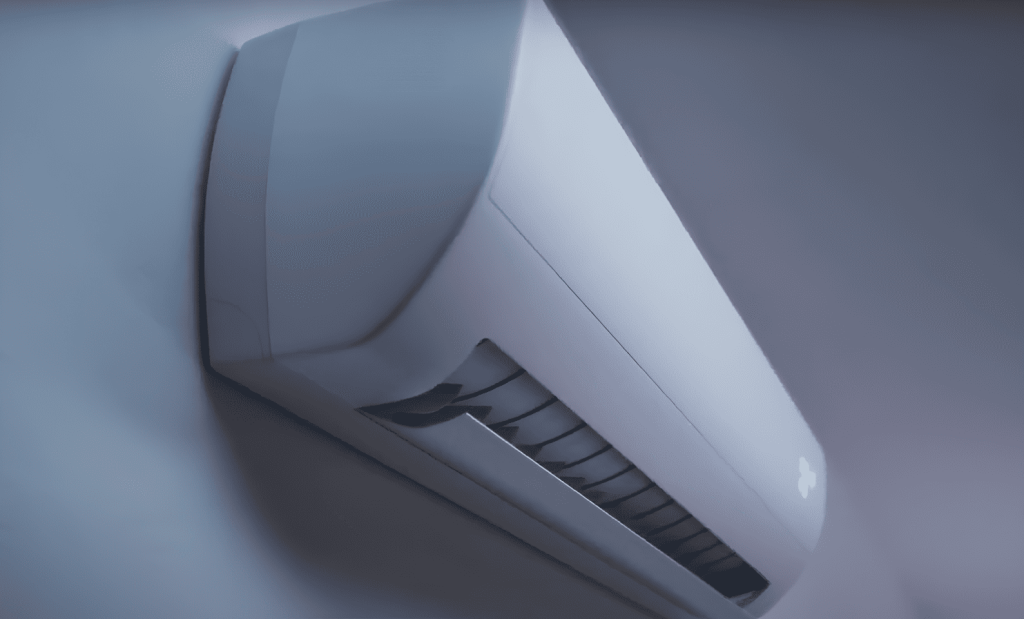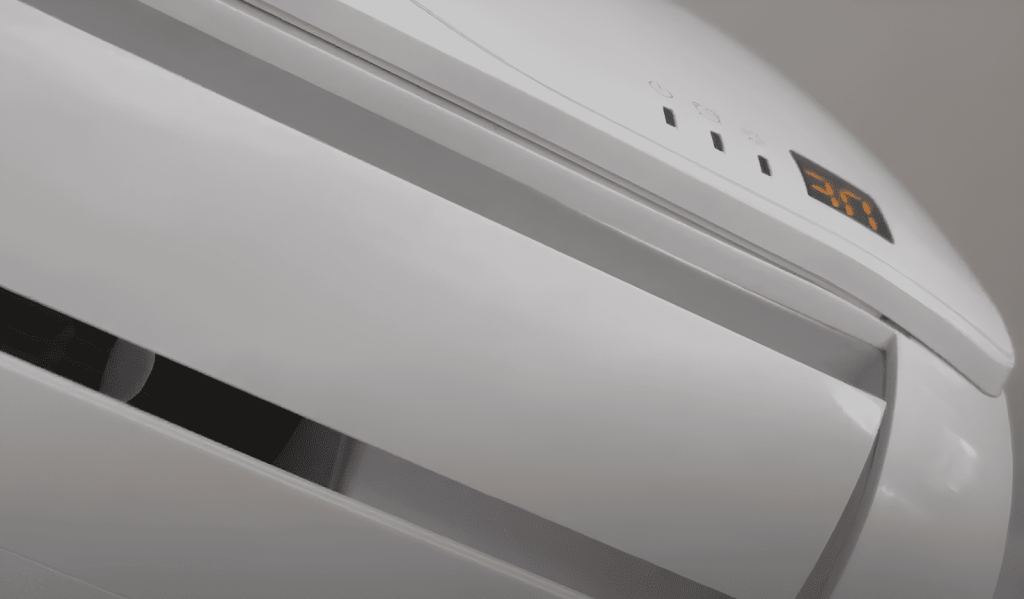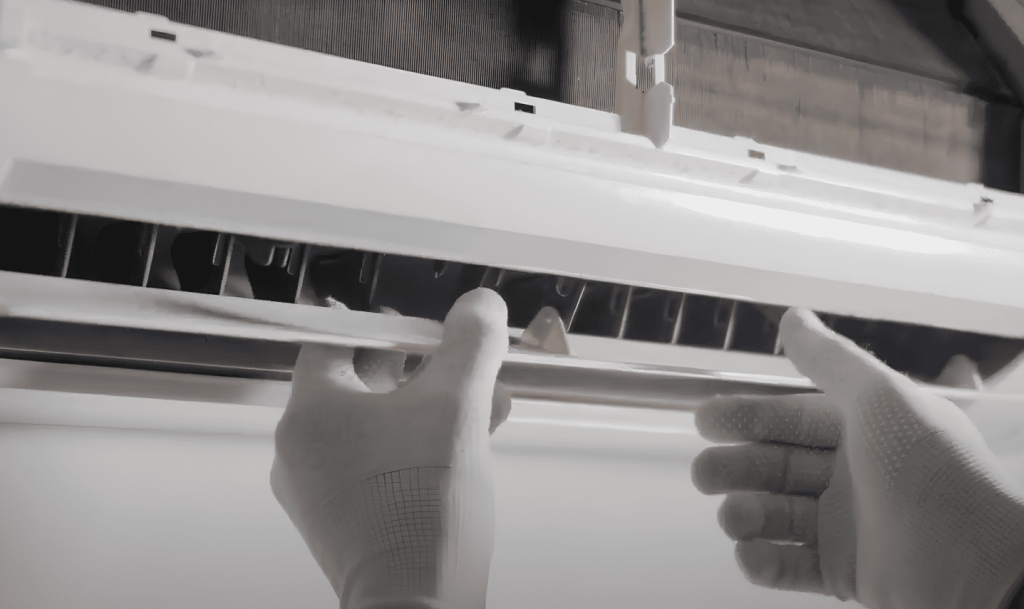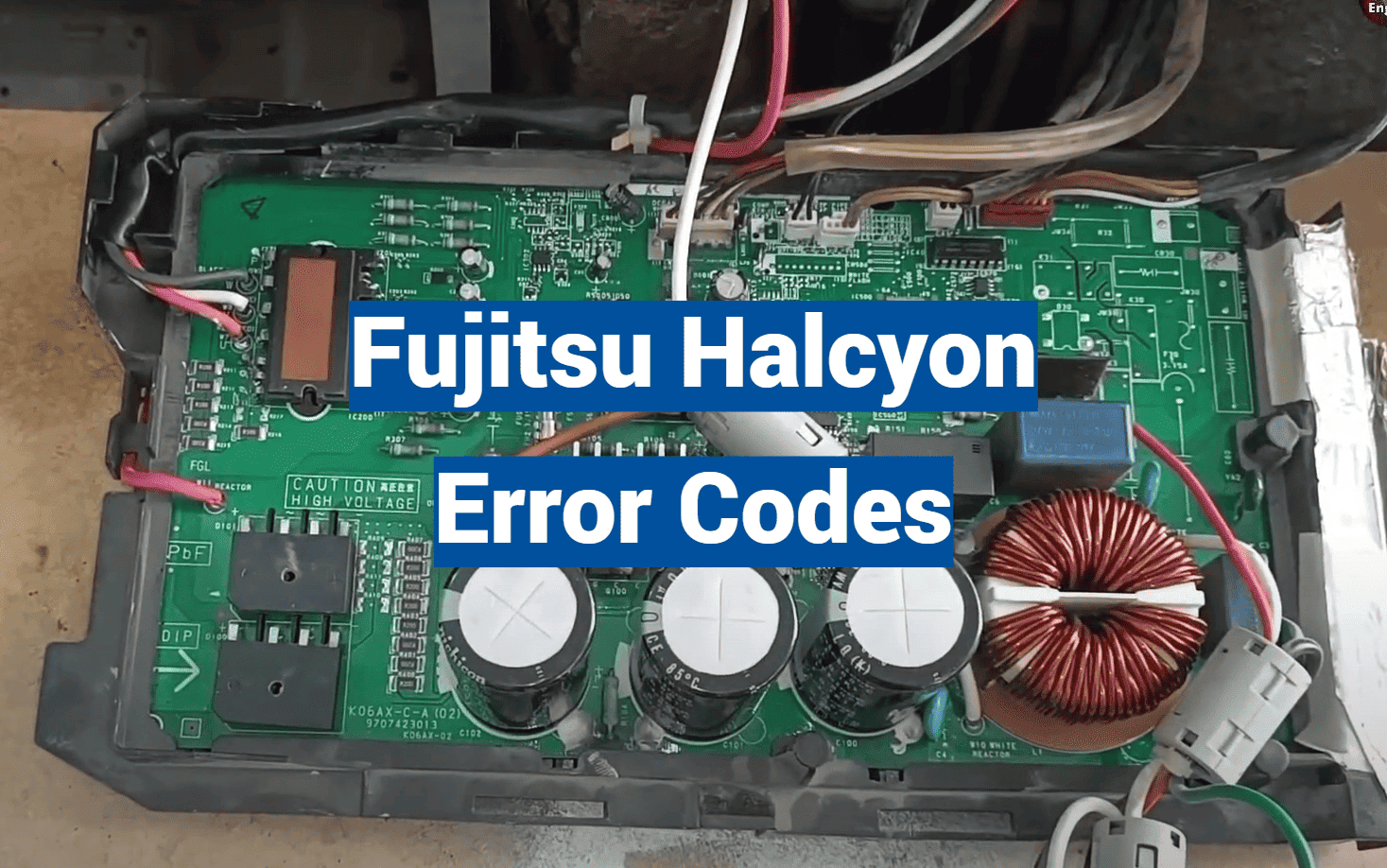Did you know over 40% of HVAC service calls stem from issues homeowners could resolve themselves? Modern cooling systems like premium split-duct models communicate through numeric alerts – but without the right guide, these messages might as well be hieroglyphics.
Since 1935, one global tech leader has redefined climate control innovation. Their advanced systems blend cutting-edge engineering with user-friendly interfaces, yet even top-tier equipment occasionally needs troubleshooting. That’s where understanding your unit’s diagnostic language becomes vital.
This guide transforms bewildering number sequences into clear solutions. You’ll learn to interpret your system’s alerts like a pro, potentially saving hundreds in unnecessary repair fees. We’ll walk through common challenges – from sudden shutdowns to efficiency drops – with practical fixes anyone can implement.
Key Takeaways
- Self-troubleshooting prevents 70% of common cooling system service needs
- Proper code interpretation extends equipment lifespan by 2-5 years
- Manufacturer-specific alerts require tailored solutions
- Immediate action on certain warnings prevents major breakdowns
- Digital diagnostics reduce guesswork in home climate management
Why does this matter now? With summer temperatures rising faster than ever, efficient cooling isn’t just about comfort – it’s about home safety. Our step-by-step approach demystifies technical alerts, putting you back in control of your indoor environment.
Introduction to Fujitsu Halcyon Error Codes
Modern climate control units speak through flashing lights and digital displays. Like a car’s dashboard warnings, these signals help identify issues before they disrupt your comfort. Today’s systems monitor everything from airflow to electrical connections, creating detailed performance reports.

Cooling Solutions for Every Space
Residential cooling systems come in various configurations to match different needs. Wall-mounted models offer space-saving installation, while multi-zone setups manage temperatures across multiple rooms. Many premium models feature:
- Whisper-quiet operation for undisturbed environments
- Smart sensors that adjust output based on room conditions
- Energy-saving modes that reduce power consumption
Why System Alerts Matter
Ignoring your unit’s warning signals can lead to bigger problems. A study by Energy Star shows proper maintenance improves efficiency by 15%. Common alerts often indicate:
- Blocked airflow from dirty filters
- Refrigerant pressure changes
- Communication breakdowns between components
Quick responses to these notifications prevent minor glitches from becoming major repairs. Regular system checks also help maintain manufacturer warranties and peak performance.
Understanding Your AC System and Remote Controllers
Your cooling setup works like a well-trained team – each part communicates through specific signals. The indoor and outdoor units form the core partnership, linked by copper refrigerant lines and electrical wiring. These connections allow heat transfer and power distribution while maintaining precise temperature control.
System Components: Indoor and Outdoor Units
The indoor unit handles air circulation through your vents, while the outdoor unit manages heat exchange. Together, they create a continuous loop:
- Refrigerant absorbs indoor heat
- Electrical cables power the compressor
- Communication wires sync operations
This teamwork ensures your space stays comfortable without energy waste.
Wired Remote vs. Wireless Remote: How They Differ
Your controller type determines how you receive system updates. Wired remotes show full error messages on LCD screens – think of them as detailed text alerts. Wireless versions use blinking patterns on their sensor lamps to send coded signals.
Key differences:
- Wired units display exact error numbers
- Wireless models need pattern decoding
- Installation flexibility vs. diagnostic detail
Most homeowners prefer wired controllers for clearer troubleshooting, while wireless options suit retrofitted spaces better.
Pro tip: Check your remote’s control panel first when issues arise. Its display or indicator lamp often reveals whether the problem stems from indoor airflow, outdoor power supply, or communication glitches.

Fujitsu Halcyon Error Codes: A Step-by-Step Troubleshooting Guide
When your cooling system flashes unexpected signals, think of it as a secret handshake. Wired remotes reveal their secrets through button combinations, while wireless models use light patterns. Let’s crack the code together.
Decoding System Messages
For wired controllers showing EE:EE, press Energy Save + Zone Control for 3+ seconds. This unlocks detailed alerts:
| Code | Meaning | Action |
|---|---|---|
| E2:00 | Air sensor open | Check wiring |
| E4:00 | Coil sensor issue | Clean components |
| EE:00 | High pressure | Power cycle system |
| EF:00 | Discharge overheating | Call technician |
Pattern Recognition Matters
Temperature sensor failures often show as E2-E5 codes. These affect climate accuracy and energy use. Discharge pipe alerts (EF:00) signal refrigerant issues – like your car’s check engine light for cooling systems.
Light Language Translation
Wireless remouts speak through blinks. This visual dictionary helps:
| Pattern | Translation |
|---|---|
| 2-2 flashes | Indoor sensor failure |
| 5-2 flashes | Power module issue |
| Off-3 flashes | Outdoor unit error |
Always note the sequence duration. Quick flashes (under 1 second) often indicate minor issues, while longer ones suggest critical errors. When in doubt, snap a photo of the pattern for technician reference.
Advanced Troubleshooting and Error Resolution Techniques
Sophisticated cooling systems often communicate complex issues through layered alerts. These advanced signals help pinpoint specific component failures that impact performance. Let’s explore professional-grade solutions for persistent challenges.
Diagnosing Communication and PCB Issues
Blinking patterns like 6-2 flashes often reveal control board problems. Check wiring connections first – loose plugs cause 40% of false alerts. For persistent PCB errors:
- Inspect capacitors for bulging
- Test voltage at terminal blocks
- Look for corrosion on circuit traces
Critical pressure switch failures (7-5 flashes) usually require technician expertise. These protect your compressor from damage during extreme weather.
Reset Procedures That Work
Many temporary glitches resolve with proper reboots. Press Energy Save + Zone Control for 5 seconds until the display resets. This clears minor memory faults without affecting settings. Wait 10 minutes before restarting to let capacitors discharge fully.
Sensor and Component Solutions
Thermistor failures disrupt temperature accuracy. Test sensors with a multimeter – readings outside 5-15kΩ indicate replacements needed. For drain pan alerts (2-6 flashes):
- Clear clogged condensate lines
- Straighten kinked drain pipes
- Adjust unit levelness
4-way valve issues (7-4 flashes) often stem from debris in refrigerant lines. Power cycling may help, but repeated errors signal professional service needs.
Complex problems like simultaneous fan motor and compressor alerts require systematic checks. Always prioritize safety – unusual smells or smoke mean immediate shutdown. Bookmark your manual’s emergency protocols for quick reference during critical situations.

Conclusion
Mastering your cooling system’s language transforms frustration into control. You’ve now got the tools to translate blinking patterns and numeric alerts into actionable information. Whether interpreting a wired remote’s table display or decoding a wireless unit’s lamp signals, you’re equipped to address issues the right way.
Quick responses to error codes keep your air conditioning running smoothly. Simple resets often fix minor glitches, while complex electrical issues demand expert attention. This balance protects your investment and prevents small hiccups from becoming major headaches.
Remember: Different installation types require tailored approaches. Wired controllers offer detailed diagnostics, while wireless models rely on visual cues. Regular system checks maintain efficiency and extend equipment life significantly.
Bookmark your manual’s troubleshooting table for quick reference. When unusual smells or repeated alerts occur, trust licensed technicians. Smart homeowners save money by acting fast – but know when to call reinforcements for refrigerant or electrical concerns.
Your air conditioner works best with informed care. Stay alert to its signals, and you’ll enjoy reliable cooling for years to come.

